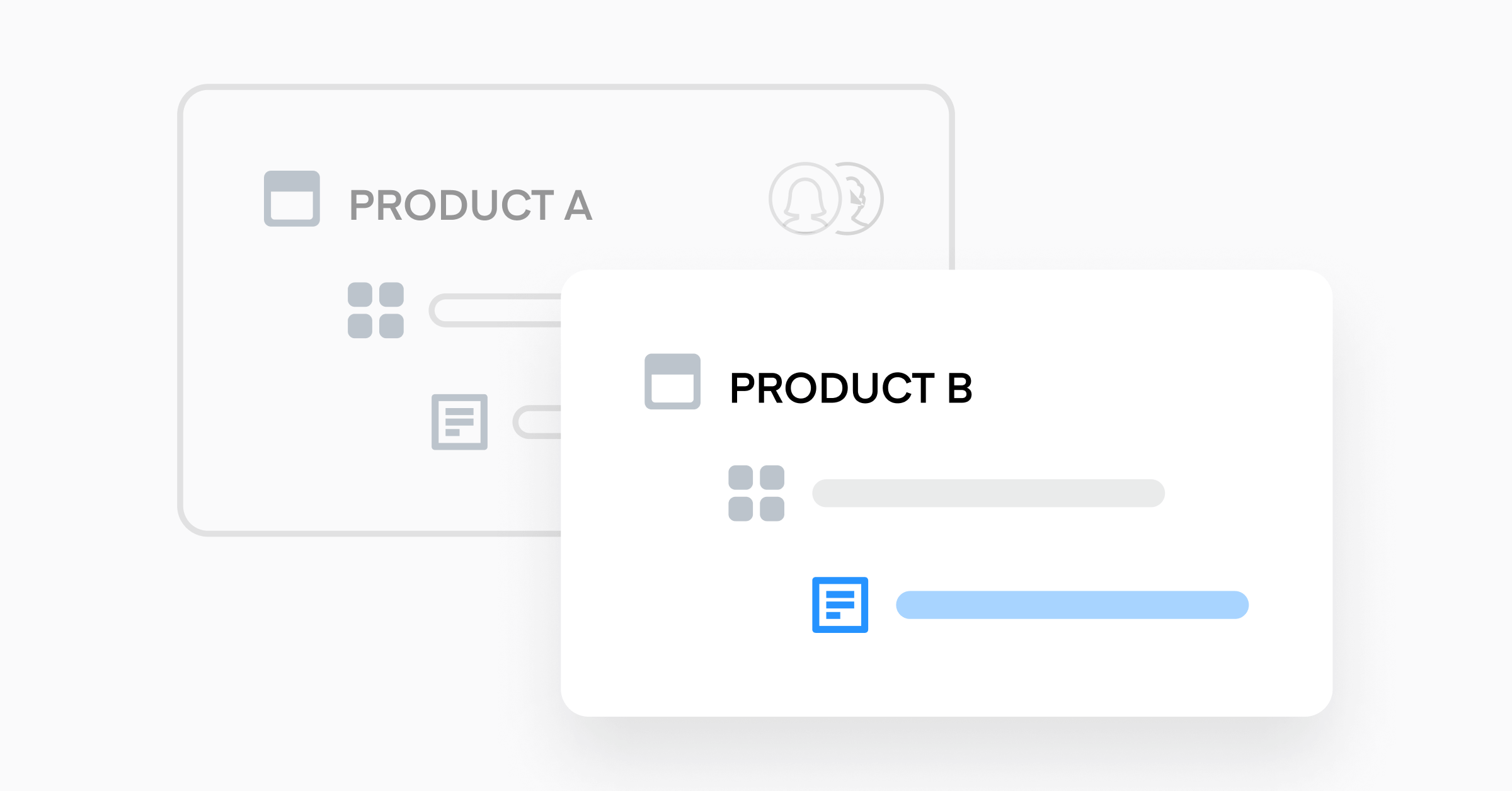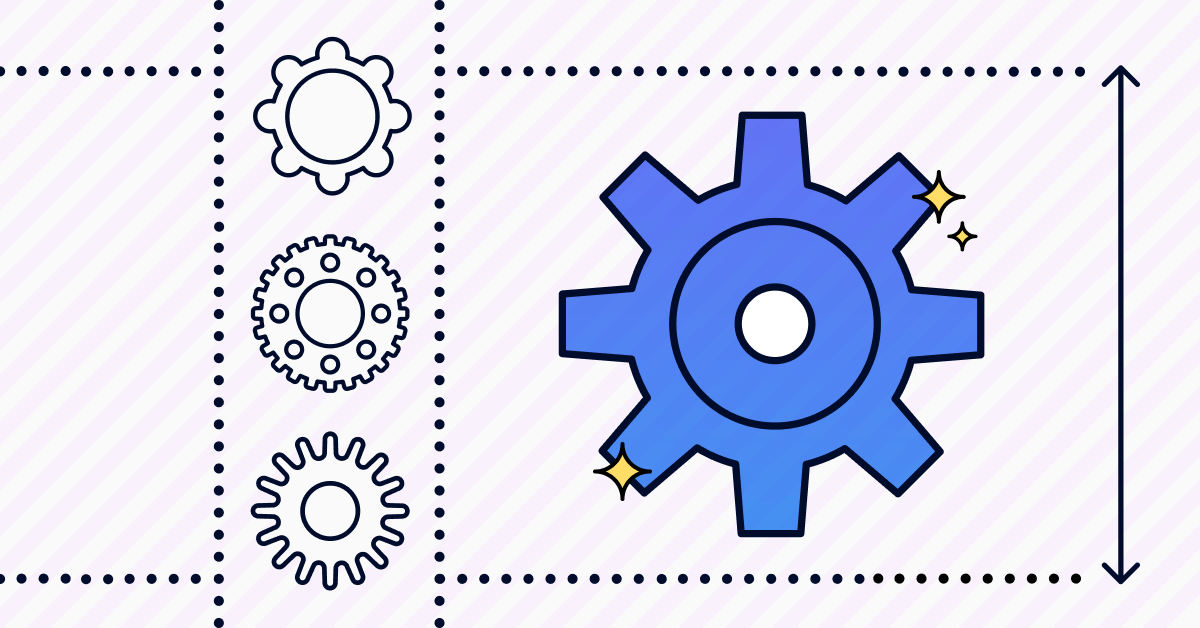Investigating Product Market Fit for Discovery and Delivery

Product market fit is the alignment between a product and the target market’s needs. Businesses determine it through market research, customer feedback, prototypes, metrics, and iterative development. Finding the right product fit is crucial to the product discovery process because it validates a specific idea being put forth by the business. This helps to reduce risks, serve customer needs, and provide a competitive advantage, ultimately contributing to long-term success and growth.
Decoding Product Market Fit: Foundational Principles
Achieving product market fit is the sweet spot where a product seamlessly aligns with the needs and desires of its target market. This entails a meticulous exploration of customer pain points, preferences, and behaviors to craft a solution that not only addresses their needs, but does so in a way that distinguishes itself from competitors. The quest for a product market fit balances innovation with the realities of the market, requiring a nuanced understanding of both the product and the users it aims to serve.
Since getting to product-market fit is the first thing all organizations must do to build sustainable traction, let’s review what achievement can look like:
- Successfully identifying a compelling “value hypothesis”—the key assumption for why customers would buy your product
- Building something that people want
- Having the right solution to a problem that’s worth solving
- Users love your product so much they tell other people to use it
- Responding to a massive “pull” from the market—nothing is done in development or delivery until the customer expresses a need or demand for the product / feature
When pursuing this, there is one major strategic factor at play: The necessity of market responsiveness and iterative refinement. Successful product market fit isn’t a one-size-fits-all solution; it’s a continuous process of adaptation and evolution. Companies must be attuned to the ever-changing dynamics of their target market, ready to pivot and adjust their strategies based on real-time feedback.
A well-crafted product strategy roadmap acts as the compass guiding both product discovery and the quest for product market fit, allowing businesses to navigate the complexities of market demands while staying true to their core value proposition. It’s not just about creating a product that sells—it’s about fostering a dynamic relationship between a solution and its market, ensuring sustained success and longevity in the competitive business landscape.
The Path to Product Market Fit
How do you achieve this to ensure continued relevance during the product discovery process?
- Send out regular surveys to gather feedback. Integrate survey results into your product discovery process, using them to prioritize feature development and improvements.
- Continuously monitor user engagement metrics. Use these insights to inform your product discovery decisions, focusing on enhancing the most-used and valued features.
- Collect NPS scores regularly. Involve both detractors and promoters in qualitative interviews during your product discovery process to gain deeper insights into their feedback.
- Conduct interviews with customers to understand their needs and pain points. Use interview findings to generate ideas and prioritize new features or improvements.
- Regularly assess competitor products. Identify gaps or opportunities discovered through analysis and incorporate them into your product discovery roadmap.
- Create mechanisms for ongoing feedback. Ensure feedback channels are integrated into your product discovery workflow, including a process for analyzing and acting on customer input regularly.
The Anatomy of Alignment: Building Blocks for Product Market Fit and Product Discovery
These are the key ways that product fit informs product discovery:
- Confirms that customers find value in your product, guiding product discovery efforts
- Leverages user feedback, which shapes product discovery by highlighting user needs
- Suggests opportunities to explore new markets or customer segments
- Helps identify gaps where your product can outperform competitors
- Guides which product features to enhance based on their impact on product market fit
- Encourages ongoing product refinement to stay aligned with user needs
Each component outlined above interacts with another to orchestrate an alignment with market needs and preferences while fostering innovation. First, the confirmation that customers find value in your product becomes the guiding force for product discovery efforts, directing the focus towards features and functionalities that resonate with the target audience. User feedback emerges as a constantly evolving catalyst in this process, illuminating user needs and offering valuable insights that shape the trajectory of product development. This customer-centric approach not only helps in identifying opportunities to explore new markets or customer segments, but it also pinpoints gaps where your product can outperform competitors, creating a unique value proposition.
The guidance provided by user feedback extends beyond initial development, influencing decisions on which product features to enhance based on their impact on product-market fit. This continuous loop of customer engagement encourages ongoing product refinement, ensuring that the product evolves in lockstep with changing user needs and market dynamics. Now you’re solidifying its resonance within the changing landscape of consumer preferences.
Agility and Adaptability in Research + Discovery
At the heart of successful product discovery and the relentless pursuit of product market fit lies an adaptable product market fit framework that serves as the linchpin in navigating the evolving terrain of business. The ability to pivot swiftly is critical. An adaptable framework facilitates this agility by integrating real-time insights garnered from market feedback and user interactions, steering product development in a direction that not only meets current expectations but anticipates future needs. This fosters an environment where new ideas can be quickly tested and refined.
By embracing adaptability, businesses can not weather market fluctuations. Keep in mind some of the following core components essential for agility and adaptability:
- Prioritize features and tasks. Start with what offers the highest value (based on customer need); bonus points if you can pick one that also requires the lowest effort / resources.
- Automate user insights. Integrate with your existing systems (e.g., Jira, Zendesk, etc.) for gathering customer feedback and engineering tickets. The quicker product teams can get all this information, the raster they can make adjustments that enable a product market fit.
- Collaborate with other teams. Diverse perspectives and skill sets are important, so make sure to set up meeting cadences with your internal teams (e.g., Support, Design, executive leadership, etc.) to ensure projects are delivered on time and all dependencies are considered.
- Ensure resources are allocated to only what matters. Each iteration should be based on real insights and user behavior.
5 Tips for Mastering Product Fit and Discovery Strategies
A well-structured strategy serves as the guiding force behind achieving a product market fit, meticulously shaping the product discovery journey by providing a roadmap that not only aligns with market needs but also propels innovation. It directs efforts toward prioritized features, swift adaptations based on user feedback, and strategic alignment with overarching business goals.
- Conduct thorough market research and customer validation to inform product discovery.
Utilize surveys, interviews, and prototype testing to gather valuable insights into their needs, preferences, and pain points. Analyze competitor landscapes and industry trends for a comprehensive understanding. - Continuously gather and act upon customer feedback to refine both products and the discovery process.
Establish a systematic feedback loop by leveraging various channels such as customer surveys, direct interactions, and online reviews. Regularly analyze the gathered feedback and prioritize key insights to inform product improvements and refine the discovery process. - Iterate and refine product offerings to match evolving market demands while fostering innovation.
Implement agile methodologies (e.g., Scrum, Kanban) to swiftly integrate valuable suggestions into product iterations. - Establish clear metrics for measuring both product-market fit and discovery effectiveness.
Metrics could include user engagement, conversion rates, customer satisfaction, and feedback response times. Regularly track and analyze these metrics to gauge the effectiveness of your product discovery process and the resonance of your product with the market. Adjust your strategies based on the insights gained from these metrics, ensuring a data-driven and adaptable approach that continuously refines both your product-market fit and the efficiency of your discovery efforts. - Foster a culture of customer-centricity and innovation within your organization.
There are many ways to embed customer-centricity and innovation into your org’s DNA. Create forums for teams to regularly engage with customer feedback, ensuring that customer insights are integrated into decision-making processes. Establish a structured innovation program that encourages employees to contribute ideas and explore creative solutions. Recognize and reward initiatives that prioritize customer needs and drive innovation.
Using Productboard to Align Product Fit with the Discovery Process
Productboard is a product discovery tool that allows you to achieve the above 5 mastery tips.
A versatile product management and research platform, businesses can improve product market fit and enhance their product discovery process. Productboard does so by encouraging a customer-centric approach and supporting data-driven decision making via:
- A centralized repository all customer feedback, from all sources, with automated integrated
- User segmentation that lets you drill down on what feature ideas matter the most to certain types of customers
- Prioritization features, enabling dev teams to spot high-value, low-cost features—or better prioritize their backlog with ideas that will actually excite customers with the automated user impact score
- A unified team collaboration workspace for cross-functional teams to exchange ideas and insights and communicate product plans
Using Productboard helps businesses align their products with customer needs, iterate effectively, and stay competitive in the market. See Productboard in action by starting a free trial.




